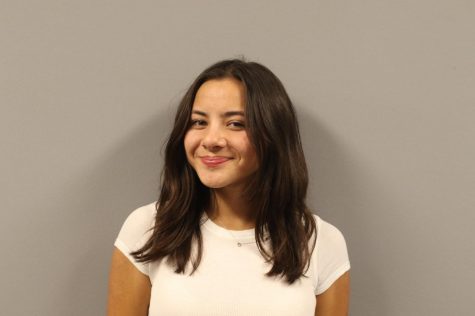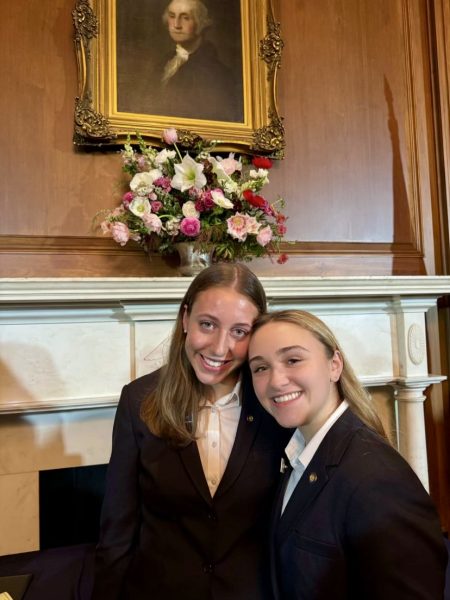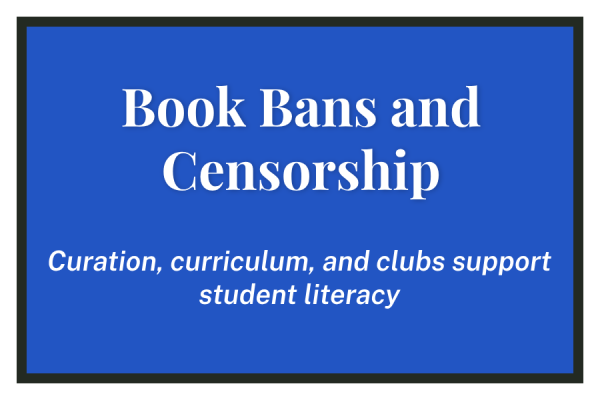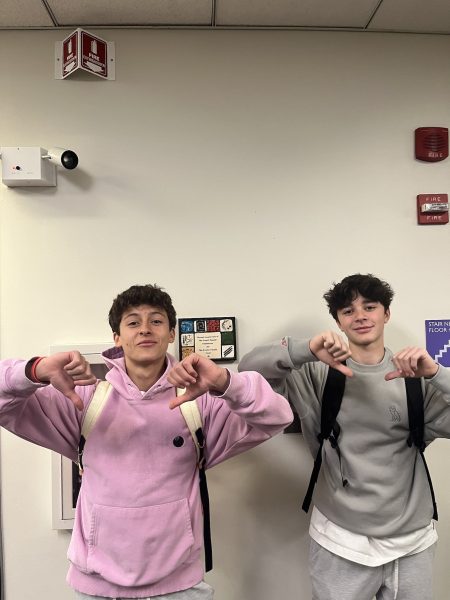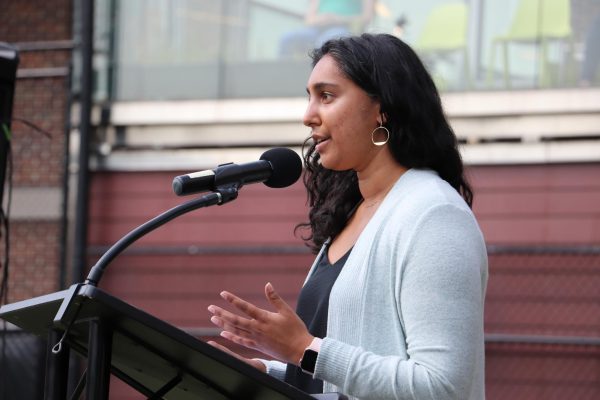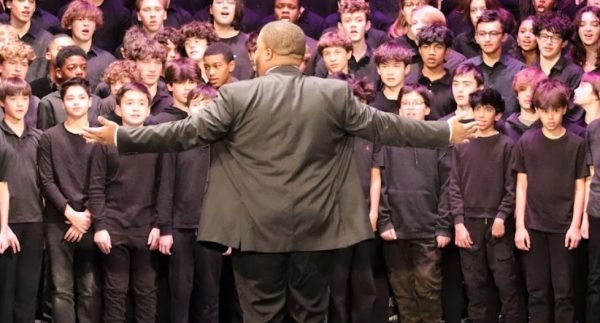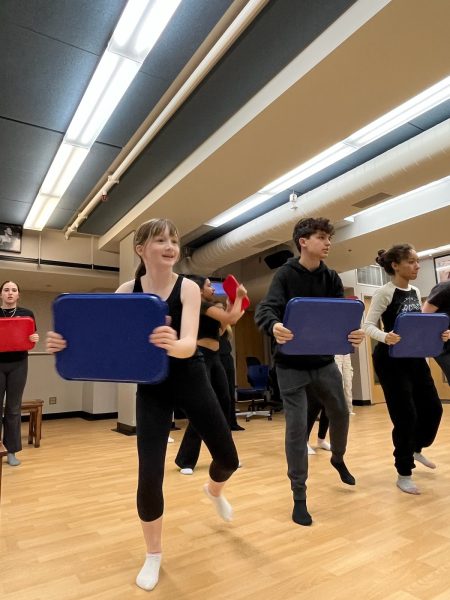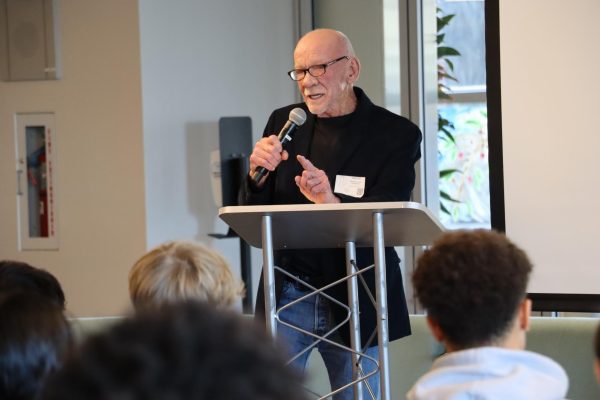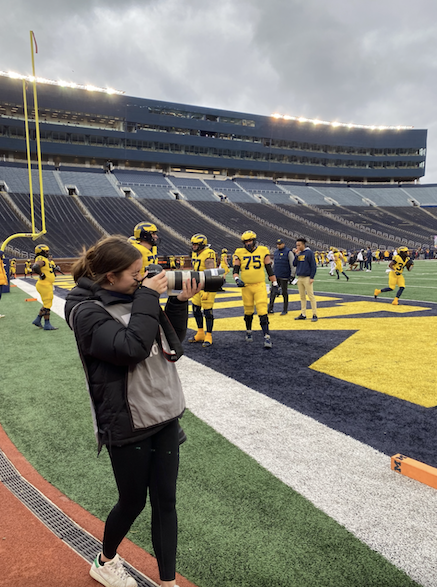Dating at Parker
Modern Love in a Teen-Shaped Box
“I joined Tinder around my eighteenth birthday just to see what it was like,” one anonymous senior girl said. “In under an hour on the app I ran into, like, four kids from my grade. I deleted it in under a week because frankly guys are gross and it freaked me out.”
According to Psychology Today, Tinder is a mobile dating app that allows users to locate other singles in their area. Once a user finishes filling out their profile, they can then start viewing photos of other users who match their age, gender, and location criteria. “Users swipe right if they like what they see and swipe left if they don’t.” The app allows users to “view hundreds of local singles and decide with a quick swipe of their finger if they’re interested or not.” The Tinder app has been nickname the “hook-up app.”
According to one of Match.com’s surveys in February of 2017 of “recent Singles in America” study 53 percent of single people have created an online dating profile. Forty percent of singles have dated someone they met online during that year, while only 25 percent met a first date through a friend.
One Huffpost article noted that the creation of the internet created bulletin boards and newsgroups hosting a variety of ways to meet people with similar interests. Services such as America Online, Prodigy, and, eventually, Craigslist offered chat rooms, forums,and online classified of used to singles. Match.com was founded in 1995, and by 2007 online dating had become the second highest online industry for paid content.
In 2002, Wired Magazine predicted, “Twenty years from now, the idea that someone looking for love won’t look for it online will be silly, akin to skipping the card catalog to instead wander the stacks because ‘the right books are found only by accident.’”
By 2010, different dating sites popped up for everything from urban setting, sexual orientation, religion, race, and hobbies. “Online dating is the new norm for introductions, replacing the role of traditional personals and in many cases, merging with the functions of social media,” Susie Lee of the Huffpost said. “If we are going to improve the way people meet one another, we’re going to have to do so by questioning the existing paradigms of online dating and figuring out how to do it better.”
In a Huffpost article from Julie Spira, an online dating expert and bestselling author, she outlines the pros and cons of online dating. Some common cons include people lying on their profile, not being sure of their current relationship status, having to limit your search to a certain geographic area, and that it is a “crowded digital marketplace.” Other pros include meeting people that you would not normally be exposed to in your day-to-day life and the aspect of “pre-dating, without pressure of wondering if you’re date’s profile is accurate.”
“The issue that they force is that they make people choose who they would like to date without really getting to know the person,” Upper School guidance counselor Binita Donohue said about dating sites. “All of my biases and prejudices are used based on a picture and a little amount of information. It reminds me of arranged marriages in India. If a person is aware of these biases they can at least consider whether they want to drop them and be more open to getting to know someone.
By teaching freshman and senior health classes, Donohue sees what comes up in each of her classes to respond to current needs. In terms of teaching healthy relationships, she teaches topics like boundaries, toxic relationships, and figuring out what dating means to each student.
When defining a “healthy relationships,” she says she thinks of the “usual things:” “respect, mutual interests, having reciprocity (give and take), being able to remain an individual while seeing yourself as a couple, ability to work through conflict, being willing to make sacrifices of time, etc. for the other person.”
Upper School English teacher Theresa Collins conducted a Gender Week workshop called “Dating Through the Decades” and talked about how dating in America has evolved throughout more than a century from Victorian-era courtship rituals to twentieth century’s online dating and emergence of hookup culture. She notes that in the twenty-first century people are getting married at a much later age and even dating formally much later than in centuries past.
“If we are looking very generally at the trends,” Collins said, “we are talking about how parents used to arrange meetups for their young adult children in the late Victorian era to the twenty-first century, where, at least at Francis Parker, has seemed to change a whole lot. Throughout the decades we see a trend from much more formal to much less formal.”
At Parker, Collins has also noted that there are not as many students dating “one person exclusively for months or even years at a time or having a bad breakup and getting together with another person.”
During the workshop she also noted how she was surprised to hear the interaction of Parker’s hook-up culture, which her students expressed was prevalent at Parker, and how it actually made people feel. “It surprised me that students would engage in hookup behavior or scenarios, kind of knowing the following week in school was going to be really awkward. I did three sessions on dating, and in each session there was that combination of hooking–up and then feeling awkward that all the students talked about, whether it was from freshman to seniors.”
“Parker is such a small school,” Collins said, “so, students don’t have a lot of choice when it comes to being in a relationship. It felt to me that the hook–up element of the weekend is sort of a fallback pattern. It made me also wonder more about what students are thinking about relationship and romance these days.”
